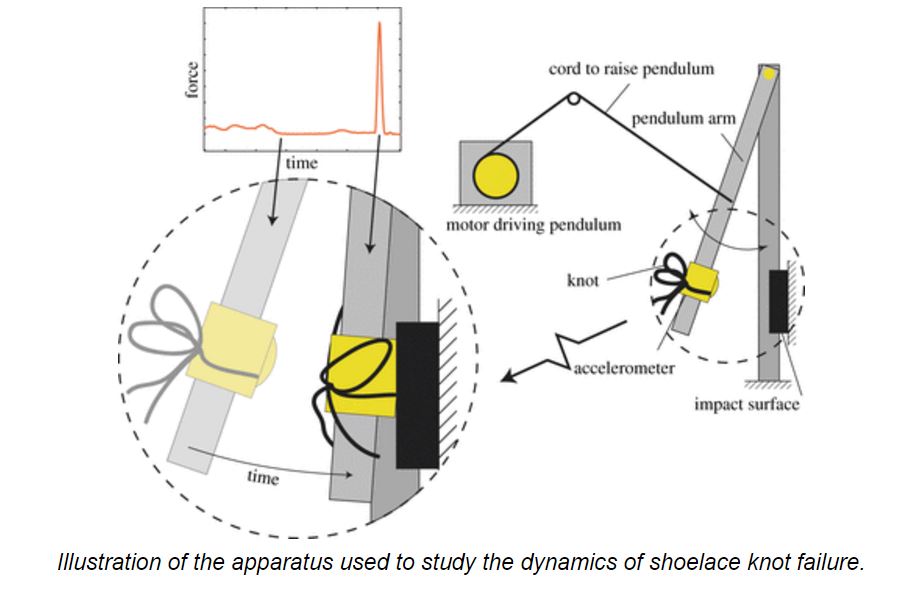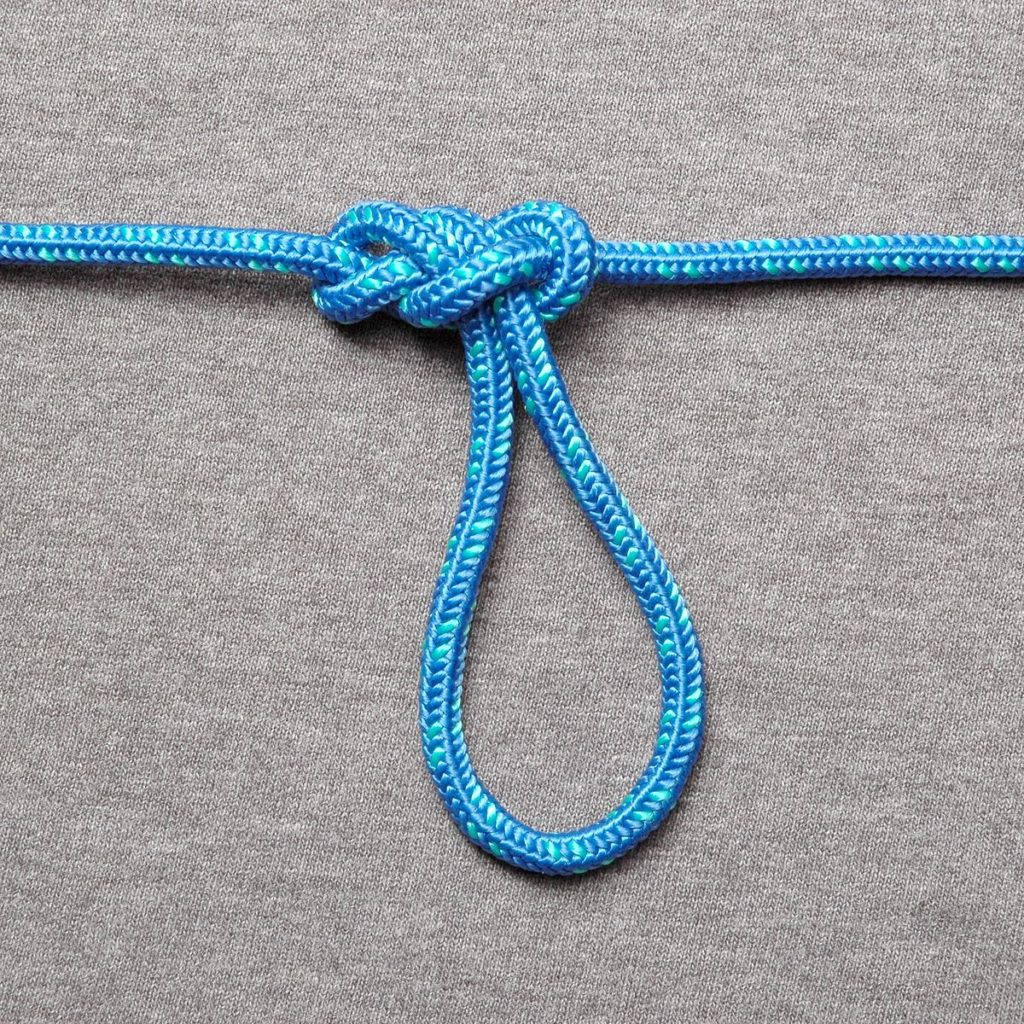It’s a beautiful morning, the birds are singing, the sun is peaking above the horizon, and you are enjoying your morning jog. Nothing can dispirit this event except the sudden betrayal of your shoes as they spontaneously untie themselves. This occurrence is common to anyone who has worn laced shoes. Usually, this is a minor annoyance, as you take the moment to kneel down and retie your laces. However, to a group of researchers at the University of California, Berkeley, this sparked a scientific pursuit.
This group of researchers published a study investigating the physics of shoelaces becoming untied in a typical running or walking situation. Their study involved two different experiments: real-world force measurements, and controlled measurements.
For the real-world force measurements, the scientists had a volunteer run on a treadmill wearing different types of shoes. These different types of shoes included hiking boots, running shoes, casual shoes, and barefoot shoes. They tied a standard bow knot, and an attached accelerator to the shoes. They then asked the volunteer to run at a constant cadence, with the assistance of a metronome, and measured how long it took for the knot to fail.
In the controlled experiment, the researchers created a motor driven pendulum to simulate the swinging and impact, on a shoelace knot.

Illustration of the apparatus used to study the dynamics of shoelace knot failure.
This approach was less prone to error, and allowed a more detailed measurement of the knot as it underwent its failure. Using this apparatus, they could measure the rate of slippage. The rate of slippage was figured by measuring the free ends of the knot, the tails, and seeing how much the tails increased in length after each cycle of the pendulum. This revealed how much the knot gave on each cycle of the impact.
The experiments found that neither the impact nor the swinging alone was enough to untie the shoelace. The failure of the knots required the combination of both the swinging and the impact to unravel the knot. Specifically, every strike against the ground stretches the knot, and every swing pulls the tails of the knot. Eventually this cycle, over and over, will cause the knot to fail. The different types of shoes and the different ways of tying a bow not did not strongly affect the strength of the shoelace knot. While some knot orientations did last a few more cycles than others, all the knots did eventually fail in almost the exact same ways.
This might seem like a trivial thing to study, however the study of knots has many practical applications. If scientists can understand exactly how and under what circumstance our common knots fail, then we can better understand which materials will hold our shoes on tighter or more importantly, which knots to use for surgical situations. Fundamentally, what makes a knot strong is important for life saving procedures in the near future.
Check out these videos created by the researchers!


